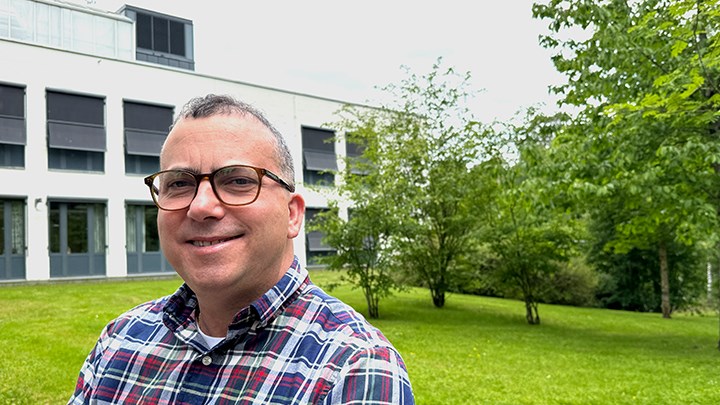Photoreceptors protect plants from harmful radiation and stress

“Photoreceptors are crucial for plant development and growth,” says Luis Morales.
Plants can be damaged by various forms of radiation. New research shows how two so-called photoreceptors work together to protect photosynthesis.
“Photoreceptors are crucial for plant development and growth,” says Luis Morales, researcher in biology at Örebro University.
The study examined how two photoreceptors – UVR8 and cryptochromes – protect plants from the harmful effects of different types of radiation: UV-B, UV-A, and blue light.
The results show that UVR8 counteracts damage from UV-B and UV-A by enhancing defence mechanisms found in chloroplasts, the parts of plant cells that absorb sunlight and then use it in photosynthesis. This protection may consist of pigments or antioxidants that prevent harmful processes.
The other photoreceptor, cryptochromes, regulates development and protection against high UV-A radiation and blue light, which can stress the plants. Cryptochromes also interact with UVR8 to provide additional protection against UV radiation and blue light.
“We can show that UVR8 and cryptochromes together provide a shield against harmful radiation. In plants that do not have both of these receptors, photosynthesis is significantly impaired, and the damage is worse compared to plants that have both receptors active,” says Luis Morales.
Inhibit photosynthesis
Photosynthesis, the process by which plants capture light energy and bind carbon dioxide to form sugars, is essential for growth. Both UV radiation and high-intensity blue light thus inhibit photosynthesis.
The study was conducted on Arabidopsis thaliana – a weed used as a model in biological research. Luis Morales is now studying the function of various photoreceptors in crops important to humans.
“We want to see if the same process applies to tomatoes. The study is basic research, but also a step toward applied research,” he says.
Understanding the role of photoreceptors in protecting photosynthesis – and helping the plant adapt to light and stress – is important for a general understanding of plant function, according to Luis Morales. Moreover, it is crucial for plant breeding.
“It could involve using light to develop crops that are more resistant to stress caused by radiation,” says Luis Morales.
The study is the result of a research project funded by Formas. More results will be available after the summer.
Text: Maria Elisson
Translation: Charlotta Hambre-Knight
